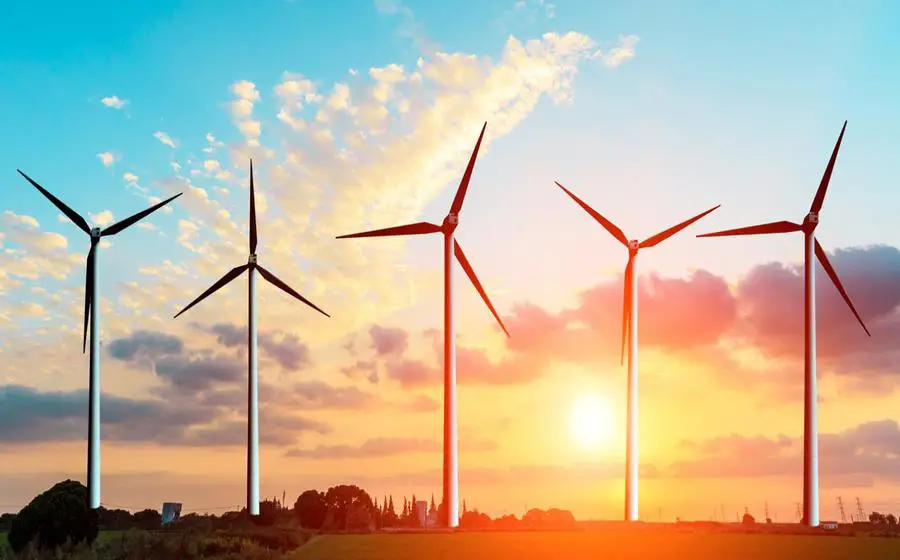Construction of the world’s largest offshore wind farm dubbed Dogger Bank Wind Farm located near the coastal village of Ulrome, East Riding of Yorkshire, England has begun.
The facility includes three offshore wind farm sites namely Creyke Beck A (1.2GW), Creyke Beck B (1.2GW) and Teesside A (1.2GW) in the North Sea, that have a combined capacity of 3.6GW. They will be equipped with GE’s Haliade-X wind turbine and will generate clean energy that will be sufficient to power more than 4.5 million homes annually.
Groundbreaking ceremony
Speaking during the groundbreaking ceremony for the project, Dogger Bank Wind Farms managing director Steve Wilson said that getting the first spade in the ground is a significant milestone on any project, but for what will be the world’s largest offshore wind farm, it is a major moment for a project that has already been over a decade in the making.
“Dogger Bank Wind Farms will play a critical role in the UK’s effort to achieve net-zero through the use of low-carbon fuel sources,” he added.
He also revealed that they will be working with UK-based civil engineering contractor Jones Bros Civil Engineering on the project.
Also Read: Construction of world’s largest offshore wind farm in the UK, nearly complete
Jones Bros work as per the contract
According to the contract, Jones Bros will be installing onshore cable infrastructure, approximately 20 miles of electrical cables within ducts to be precise, for Creyke Beck A and Creyke Beck B sites.
Once completed, the onshore cables will be used to pass on clean power generated by Creyke Beck A and Creyke Beck B wind farm sites from the landfall point at Ulrome to new convertor stations in the south of Beverley.
The cable route will be built adjacent to the A1079, eventually connecting to the existing National Grid substation at Creyke Beck, Cottingham. Besides onshore cable infrastructure installation, Jones Bros will also be responsible for completing earthworks at the onshore HVDC convertor station locations in East Riding.
The contract also includes other works such as the construction of a temporary access road to facilitate the main works, as well as create access junctions and obtain vegetation clearance.
The project, a joint venture (JV) between SSE Renewables and Equinor, is supposed to be completed in 2022.

